After a 73-67 loss to the Atlanta Dream on Wednesday, the Washington Mystics have fallen to 0-7, the worst start for the franchise since starting 0-8 in 2007.
While they may look worse than expected, the Mystics’ hardships haven’t come as a complete surprise. Many analysts projected Washington to dwell at the bottom of the standings for the 2024 season. The nature of their failures, however, has been less predictable.
Most offseason discourse cited that the Mystics would struggle without two-time WNBA MVP Elena Delle Donne, who’s taking a break from basketball after being the cornerstone of the franchise since her arrival in 2017. While Delle Donne’s scoring has certainly been missed, there’s been an even bigger void left by the Mystics’ other major departure: point guard Natasha Cloud.
Cloud, now with the Phoenix Mercury, was the heart and soul of the franchise, having played in Washington for eight years. On top of her well-documented emotional leadership, she guided the team on the court and was one of the premier guards in the league during the final few years of her D.C. tenure. Her 7 assists per game were first in the WNBA in 2022, and she constantly had one of the best high-volume assist-to-turnover ratios in the league. Seven games into the season, the Mystics are being haunted by Cloud’s absence.
There was no expectation for Washington to replace Cloud’s efficiency, but the Mystics seem to be living in a gray area at the point guard position. They came into the season having moved Brittney Sykes, traditionally a shooting guard, to the point but have since seen sporadic success from newcomer Julie Vanloo at the position. Questions have also arisen about giving more minutes to a younger prospect, given that playoff contention already seems unlikely.
Sykes, who’s been sidelined since week one with an ankle injury, is set to return soon, and the Mystics need to decide as to who will take up the majority of the minutes as the team’s primary ball-handler. Each potential candidate has their ups and downs, and Washington will have to navigate their own values to determine who runs the point in the season’s most important moments.
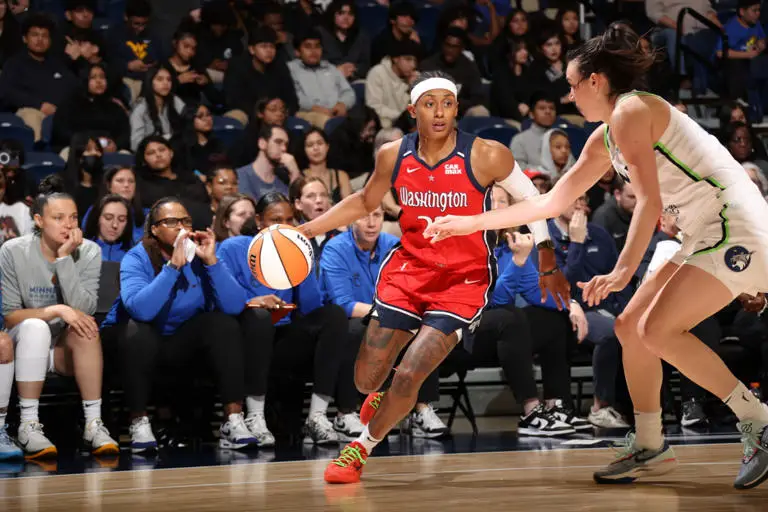
(Stephen Gosling/Getty Images)
Brittney Sykes
For:
The Mystics came into this season endorsing Brittney “Slim” Sykes as their answer at point guard. However, the eighth-year veteran has been sidelined since May 17th after sustaining an ankle injury early in a game against the Sun.
With Sykes nearing return, the case for her to remain at point guard is straightforward. She’s arguably the best player on the roster, and she’ll be on the court in the most important moments, even if she’s not handling the ball. Sykes is a four-time All-Defense selection, and her athleticism allows her to impact the game at any position. She was recently voted the “most athletic” player in the annual WNBA General Manager survey.
Sykes needs to be on the court, and if she’s not deployed at point guard, the rest of the Mystics starting lineup would need significant adjustment. One of Ariel Atkins, Karlie Samuelson, Shakira Austin, or Stefanie Dolson would have to go to the bench. It wouldn’t be Atkins or Austin, as they’re the backbone of the team. It’s equally unlikely that head coach Eric Thibault would send Dolson to the bench, as the Mystics have heavily favored two-big lineups throughout the young season. Samuelson would be the most likely candidate to exit the starting lineup, leaving Atkins as the lone wing amongst the starters.
Forcing a new name into the starting lineup could cause new problems and may not be worth the trouble if the Mystics feel confident about Sykes’ ability to handle the ball and direct the offense.
Against:
As talented as Sykes is, she’s not naturally a point guard, and it’s apparent that the position has come with a learning curve. She’s shown the ability to initiate throughout her career but often does so outside of set plays or offensive actions.
Through the preseason, her lone complete regular season game this year, and the six minutes prior to her injury against the Sun, Sykes seems to lack feel as a primary facilitator. She’s never averaged more than 3.8 assists in a season, and her 3.5 assist to 2.0 turnover ratio leaves something to be desired from a starting ball-handler. She has the physical ability to pass, but her decision-making clearly favors a score-first mentality.
With time, Sykes absolutely has the talent and IQ to adjust to the point guard position. The argument against her, however, would be that she can impact the game more at her natural position. If the Mystics could establish someone else as their point guard, they could maximize Sykes’s off-ball abilities as a shooting guard.
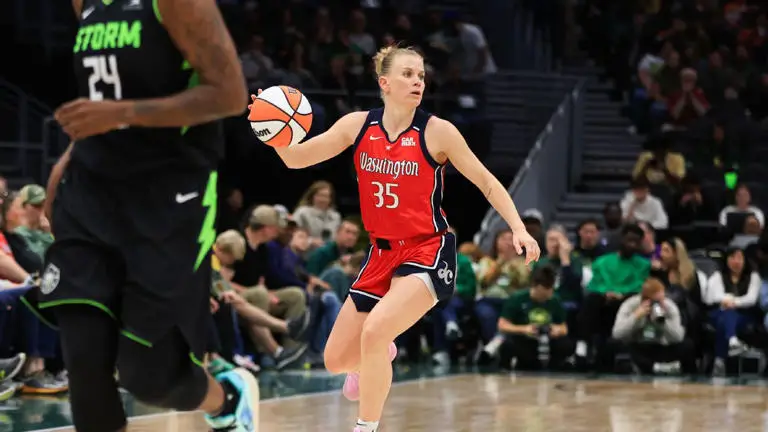
(Scott Eklund/Getty Images)
Julie Vanloo
For:
In the five-game absence of Sykes, Eric Thibault has put 31-year-old rookie Julie Vanloo in the driver’s seat of the Mystics offense. Vanloo, who comes to the WNBA by way of Belgium, had a solid career as a point guard in Europe, and her skill set matches the position much more naturally than Sykes.
Vanloo recorded 8.6 assists per game last year playing for Galatasaray in the Turkish Women’s Basketball Super League and led both the 2022-23 and 2023-24 Women’s Eurocup in assists, averaging 8.2 and 8.4, respectively.
Her phenomenal passing ability and vision has already translated to the WNBA, as she’s averaging 5.4 assists per game, good for 10th in the league. She’s also first in the WNBA in assist percentage (AST%), an estimated percentage of teammates’ field goals assisted while she’s on the court.
The biggest surprise for Vanloo’s seamless transition to the WNBA has been her ability to shoot efficiently at a high volume. She’s shooting 36.6% from three on 5.9 attempts per game through seven games. Scoring may not be the most necessary trait from a primary ball-handler, but Vanloo’s unexpected prowess for spacing the floor absolutely contributes to her argument for the role.
Although Sykes is an undeniably better all-around basketball player, Vanloo may be the most natural ball-handler and facilitator on the Mystics roster. If the team values positional fit, Vanloo has a strong argument to take over at the point.
Against:
While impressive, Vanloo has been far from perfect. Her ability to facilitate is promising, but she hasn’t been immune from turnover issues. Her 5.4 assist to 3.4 turnover ratio indicates a higher volume of passing compared to Sykes but doesn’t suggest that she’s any more efficient. Additionally, Vanloo has the worst defensive rating of any Mystics player averaging 20 or more minutes per game.
She’s also struggled in clutch situations, statistically defined by the WNBA as the final five minutes of a game when the scoring margin is within five points. The Mystics have lived (perhaps more accurately, died) in these minutes, with six of seven games featuring clutch scenarios. In clutch minutes, Vanloo’s assist-to-turnover ratio has dropped from 1.58 to 0.4, meaning she’s averaging 0.4 assists for every turnover in clutch situations. Most players’ numbers drop in the clutch, but a negative assist-to-turnover ratio is never a good sign of late-game composure.
Perhaps the most convincing argument as to why Vanloo isn’t the answer at point guard is the context of the Mystics season. Vanloo is a 31-year-old rookie. Given her age, it’s hard to see her as a long-term solution for a team that’s embracing the youth of players like Austin and Aaliyah Edwards. With the lack of confidence in the Mystics from most major media outlets and analysts, pouring minutes into an older rookie rather than developing a younger prospect may be counterproductive for the future of the franchise.
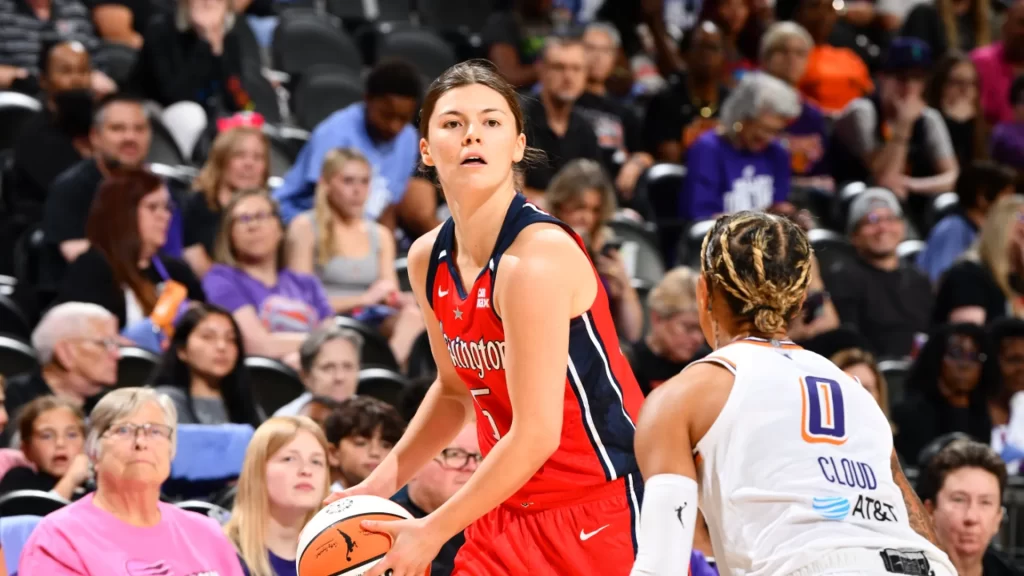
(Barry Gossage/Getty Images)
Jade Melbourne
For:
If the Mystics want to fully embrace a developmental rebuild, Melbourne is the clear candidate to take up minutes at point guard. The 22-year-old Australian was acquired in a trade with the Storm on May 11th, just three days before the season began. She was a third-round draft pick two years ago but spent all of 2022 in the Australian WNBL before being brought over by Seattle last season.
Melbourne showed promising flashes of high-volume passing ability during her time in the WNBL, averaging 7.6 assists while playing for the University of Canberra Capitals. She plays with impressive pace for her age and has shown willingness to be a scrappy defender by picking up full-court and drawing charges in her limited minutes with Washington.
If the Mystics don’t feel ready to contend, they may look to invest in Melbourne’s development. In Seattle, she was buried deeply within a depth chart that featured numerous decorated guards. She saw just 10 minutes per game and rarely took the court in meaningful moments. The Mystics only gave up a 2025 third-round pick for Melbourne, so it’s unclear whether or not Thibault and company see her as a long-term piece for the franchise. However, if the early trends of the season continue, it may be worth experimenting with her potential.
Against:
There will be growing pains if the team embraces Melbourne as a full-time point guard. Fans who enjoy winning basketball may not favor a developmental approach to this season, although there’s no guarantee that the team finds success with their current route either.
Melbourne also may have to prove herself further before being endorsed as a real solution to the Mystics point guard problem.
She doesn’t have a solid body of WNBA work that proves she can be a primary ball-handler or offensive initiator. She hasn’t been super assertive in her minutes, which could fairly be attributed to a lack of familiarity with the system and the natural adjustment time for a player who missed training camp.
Skill-wise, Melbourne’s offerings beyond passing are foggy. She’s not a phenomenal 3-point shooter. She may have a lower scoring ceiling due to a lack of an athletic advantage over other guards. She’s not noticeably fast or vertically explosive, which has manifested in a lack of separation while attacking downhill.
Melbourne has already been selected to the Australian national team roster for the 2024 Olympic Games and will gain valuable experience playing alongside Australian WNBA veterans like Rebecca Allen, Alanna Smith, and Lauren Jackson. If the Mystics are unsure of Melbourne’s potential, the Olympics may provide an outlet for her to prove herself before Washington invests big minutes into the 22-year-old.
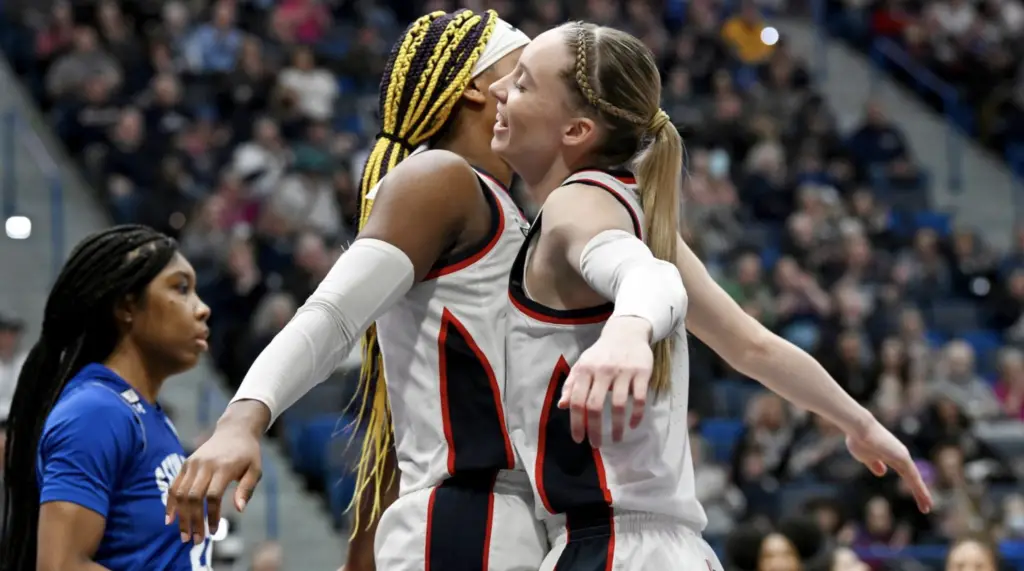
(Cloe Poisson/AP)
Elsewhere
For:
The Mystics could always look to the trade block or to next year’s draft to fix their point guard needs. If fantasies of playoff contention are squashed, the Mystics have a decent amount of trade pieces, which could yield a younger guard prospect in return.
It’s unlikely that the Mystics would embrace a full, tear-it-all-down rebuild, but if they did, everyone but Austin and Edwards could be on the table. If they wanted a massive return from a trade, one of Ariel Atkins or Sykes would have to be moved.
In the more likely event of a smaller, less substantial trade, Myisha Hines-Allen, Julie Vanloo, and Shatori Walker-Kimbrough could all be attractive pieces for contending teams seeking depth.
If the Mystics don’t find any younger guards worth trading for, they may seek answers in the 2025 draft.
Generational guard prospects are few and far between, and missing out on Caitlin Clark may feel like a window just slammed shut on franchises without a premier ball-handler. However, it just so happens that Paige Bueckers, the projected number one pick of the 2025 draft, is considered by many to be the second-best guard prospect of the past decade after Clark. If the Mystics continue at their 0-7 pace, they’ll be in prime position for a shot at the number one pick and Bueckers through the draft lottery.
Against:
Trading for Melbourne before the beginning of the season makes it seem reasonably unlikely that the Mystics pursue a mid-level point guard through the trade market. Either they break the bank and invest in a full rebuild, or they don’t trade at all.
Some kind of league-breaking trade for a guard may be a pipe dream simply because a point guard worthy of saying goodbye to Sykes or Atkins just doesn’t exist. Teams with young, promising guards aren’t willing to depart from them.
As for the draft, the Mystics can’t bank on landing a high-caliber point guard. Bueckers may be the premier player in the draft, but she’ll certainly be off the board after pick two at the latest. Bueckers also projects much more as a combo guard than as a true point guard in the WNBA and may be used best alongside another primary facilitator.
The Mystics aren’t in a position to be drafting for fit. If they land the second pick in the draft, and Kiki Iriafen is available, it would be deemed organizational malpractice to pass on the USC (formerly Stanford) star. They would then go into the 2025 season still missing a long-term true point guard.
Olivia Miles, Te-Hina Paopao, and Raven Johnson (if she chooses to enter the draft early) are other guards who could see their names called in the top five, but there’s no guarantee that any of them will be long-term successes in the WNBA. If the Mystics defer their point guard conundrum to the draft, they’re putting all of their chips on landing the top pick through the lottery. A risky bet, to say the least.
Follow Beyond Women’s Sports for more from the world of sports. And follow me on X, @becketto0.

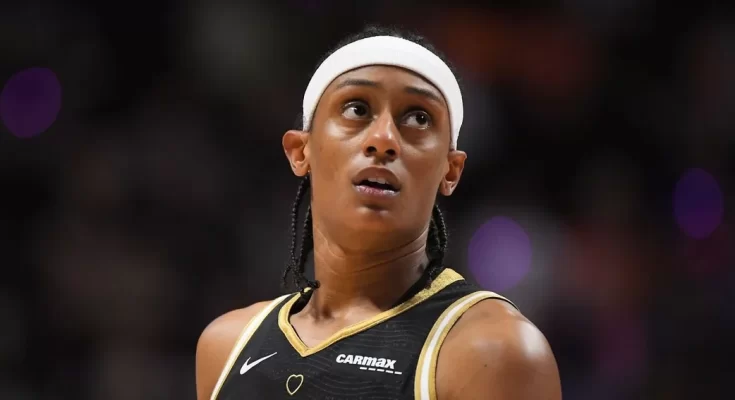
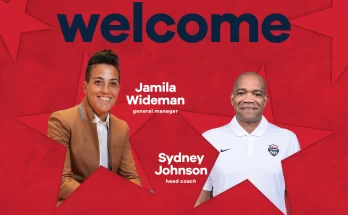
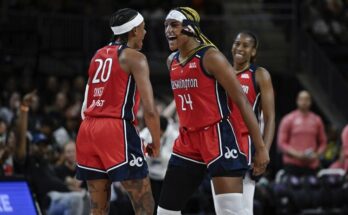
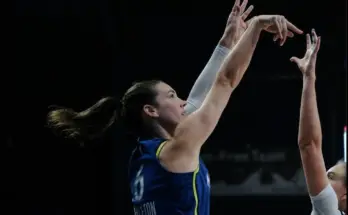
What a nice article! I appreciate the insights.